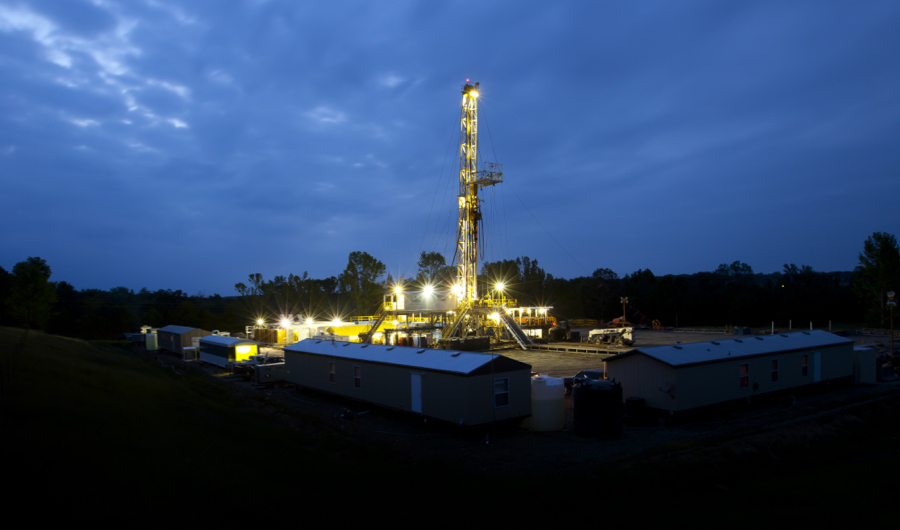
World number one mining company BHP posted a fourfold rise in underlying profits on Tuesday in Australia of $6.7 billion. Free cash flow also surged, coming in at $12.6 billion.
ADRs of the Melbourne-based giant was unchanged in after hours following a 1.3% gain during regular trading. The stock (NYSE:BHP) is up 14.3% in value this year for a market capitalization of over $102 billion.
But even those stellar numbers were below analysts’ forecasts, as was the company’s full year dividend of US$0.83 cents per share, equivalent to a 66% payout ratio after its final payout was tripled to $0.43c.
BHP said it now considers onshore oil and gas in the US “non-core” assets and is “actively pursuing options to exit” the business
Net debt was reduced by 37% or nearly $10 billion to $16.3 billion. The company said it expects to allocate less than $8 billion per year over the next three years on capital and exploration expenditure.
BHP has come under pressure this year from shareholders led by Elliot Management to get out of its underperforming US oil and gas business it acquired six years ago for more than $20 billion, but which could fetch only around half that today.
In its results presentation BHP said it now considers onshore oil and gas in the US “non-core” assets and is “actively pursuing options to exit” the business including through a trade sale, an asset swap, demerger or a separate listing.
BHP managed to cut costs at its iron ore division in Western Australia to just $14.60 a tonne compared to today’s price of $78.
The company is working its assets hard and cut costs across its operations during the year by $1.3 billion. Over the last five years savings of more than $12 billion was achieved according to the company and it expects to deliver a further $2 billion by the end of the 2019 financial year with “gains weighted to the second year.”
Thanks to rising prices and record volumes, iron ore now makes up 44% of the company’s earnings (EBITDA), coal and petroleum each make up a fifth and copper the remainder.
BHP managed to cut costs at its iron ore division in Western Australia and elsewhere by 3% to just $14.60 a tonne compared to today’s price of $78 a tonne. The company said by the end of 2019 it plans to push costs below $13 a tonne.
Copper performance was impacted by a 43-strike at its 57% owned Escondida copper mine in Chile during February and March which upped costs 7% to $1.28 a pound. Copper was trading at $3.00 a pound in New York on Monday.
Last week BHP greenlighted the long-awaited $2.5 billion expansion of its Spence copper mine in Chile, which will add another 50 years to the operation’s life.
2 Comments
Mark
Now they just need to give up on potash. Instead of pumping more money into that hole in the ground in Canada that may never be economic.
RTS Support
In my opinion, metals are still best for investment because it doesn’t change the value. It is wisely decision to focus metal investment.